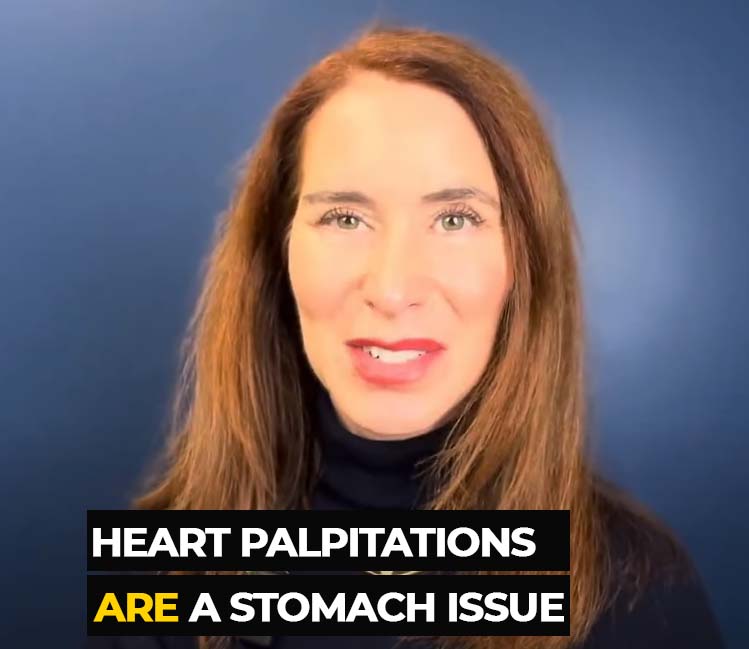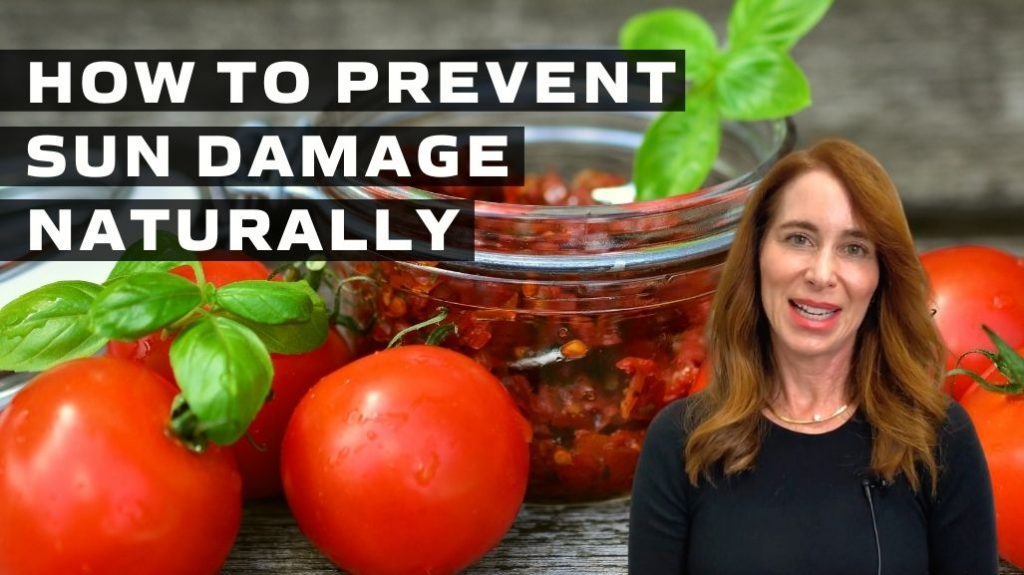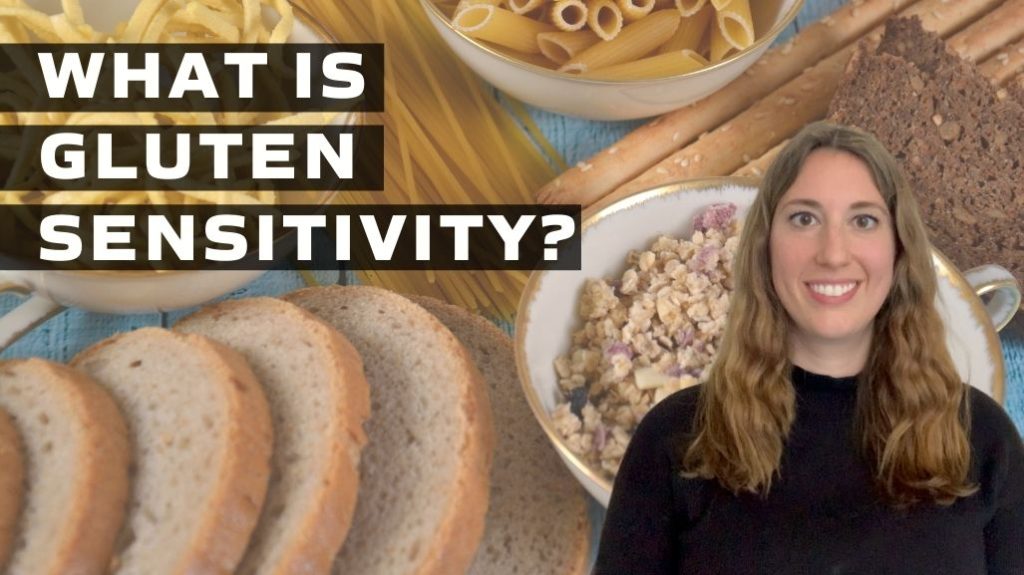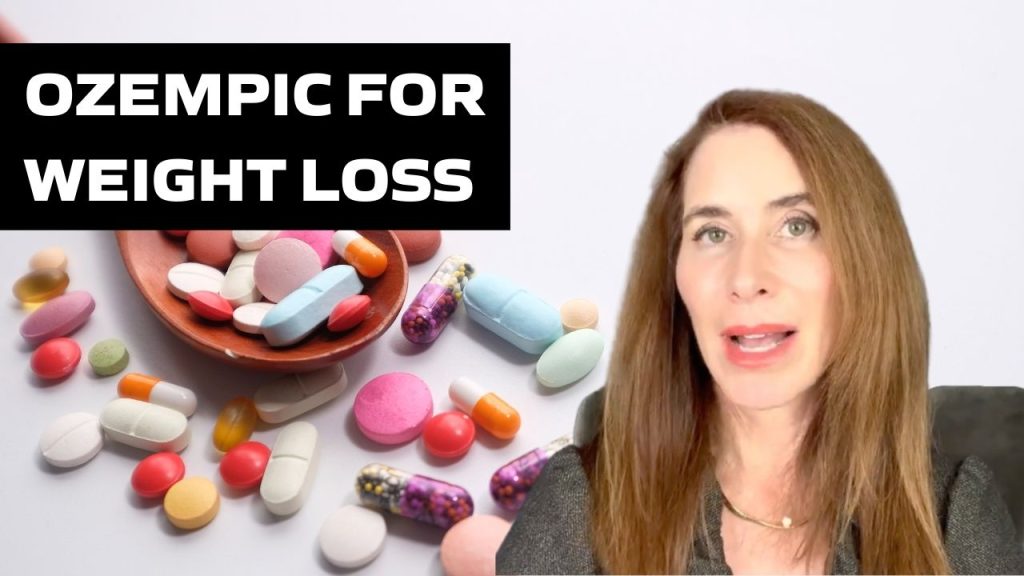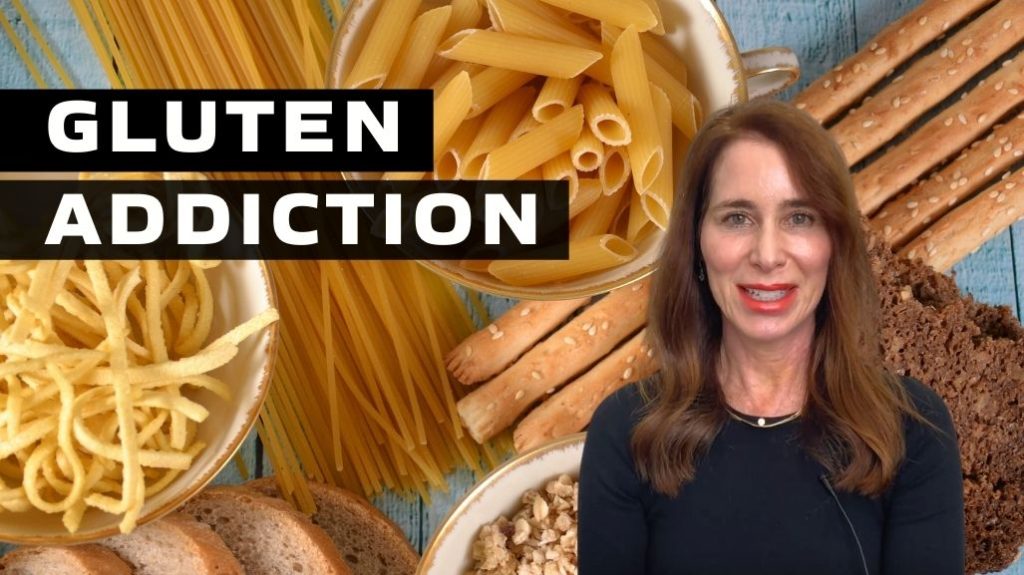Cautions and Recommendations When Eating Fish
Do you have to be careful when eating fish?
What you will learn about
You’ve heard about the high mercury in fish, but is it really “a thing”? In other words, should you think twice before eating certain fish?
Maybe you’re thinking, there’s something wrong with all food, so does it really matter what I eat?
There certainly are enough cautionary tales when it comes to food; enough to make anyone’s head spin.
But let’s look at fish with a clear head and decide from the science the pros and cons.
Can you avoid all animal protein and be healthy?
Personally, I favor a plant-based diet, provided it’s done correctly. By “correct” I mean you get adequate protein and nutrients. Many vegan blogs and doctors state that as long as you’re consuming enough calories you’ll be assured of enough protein.
That isn’t necessarily true. It may be true a percentage of the time, but calories are definitely not the only thing you need to take into consideration when you are following a plant-based diet.
Plant-based diets are deficient in vitamin B12, so it’s important you supplement some B12. Nutritional yeast is also a nice plant-based source of B12 and delicious.
How much B12 do you need? It’s dependent on the individual and their absorption but a daily supplement of at least 250 mcg or a weekly dose of 2000 mcg appears to be adequate for most. Here at the clinic, we have an easy liquid supplement that is slightly sweet in taste, so very palatable. Vitamin B12 is naturally sweet, nothing has been added to it.
A blood test (methymalonic acid and homocysteine) can help you evaluate your B12 levels. The good news is B12 is inexpensive and water-soluble, making it difficult to take too much.
Monitor your vitamin D3 levels. It’s not a deficiency associated with a plant-based diet particularly, but it’s important that you know and maintains healthy levels for optimum health.
Keeping your brain healthy
Another nutrient to consider is DHA, the omega 3 fatty acid that is anti-inflammatory and protective of brain function. Vegans need to supplement DHA in the form of omega 3s. For most Americans, when you say omega-3, they immediately think “fish oil”. That is a typical source but I want to give you a tip.
Health hack
The reason fish are rich in omega 3 is not because they produce it; they eat it. The fish eat algae and it’s the algae or phytoplankton that’s rich in omega 3s. You too can eat the algae in a gel cap. The benefit is that algae are not a source of mercury as fish can be. You can receive all the benefits of omega 3 with none of the worries of mercury contamination.
Can you be 100% plant-based and stay optimally nourished?
Definitely. Do most vegans successfully do that? We don’t have exact numbers but a variety of sources point to vegans who are missing the mark in some areas. You must be vigilant plus take into consideration certain factors that may pertain to you such as:
- How long you’ve eaten a plant-based diet – vitamin B12 storage may last for a few years once you first begin to eat plant-based.
- Your age – as we get older, particularly over 65, our protein and nutrient needs can increase.
- Your digestive health status- including your ability to digest and absorb certain nutrients
- The presence of any degenerative diseases
- Etc.
It’s not out of the scope of possibility that there are some individuals eating plant-based who are failing to eat adequate protein, omega 3 fatty acids, and maintaining optimal vitamin B12 levels. As an example, women watching their weight and limiting calorie intake can fall into this category unless they’re being diligent.
It’s not difficult if you pay attention
In summary, it doesn’t have to be difficult to nourish yourself fully on a plant-based diet, but it takes some attention to be sure. Most especially as you get older, you need to pay particular attention to adequate protein and nutrient needs to prevent becoming frail or sickly from either lack of adequate protein or due to a weakened immune system.
Why I have started to recommend occasional fish consumption
Beyond the modest difficulty of ensuring adequate protein, B12, and omega 3 consumption, it is interesting to note that most of the longest-lived groups of humans on the planet, centenarians, consume very small amounts of animal protein, mostly fish. But they do consume very small amounts, not zero.
Does one have to eat fish? No. Could it make it a little easier to ensure adequate protein consumption, B12 status, and DHA levels, perhaps?
If you’re in your 60s, underweight or on the slender side, and/or noticing any loss of muscle mass, you can consider eating fish once or twice a week to see how you feel.
What fish should you consider eating?
Obviously, if you are choosing to eat a serving of fish once or twice per week, you want to ensure your choice is low in mercury. Mercury is a heavy metal and neurotoxin, meaning it’s toxic to your nervous system.
The damage it causes can be irreversible. The brains of unborn children and infants are especially susceptible which is why you’ll see cautions against eating most fish for pregnant women, breastfeeding women, and young children under the age of 6.
Mercury exposure is associated with cerebral palsy, deafness, blindness, impaired mental function, growth, and a variety of autoimmune diseases and cognitive or brain malfunction later in life. You definitely want to avoid sources of mercury scrupulously.
How does mercury get in to fish?
Mercury is released into the air primarily from the activities of humans such as the burning of fossil fuels and municipal or medical waste. This accounts for up to 75% of all mercury released into our atmosphere.
Bacteria and other microorganisms convert the mercury into methylmercury and fish and shellfish in the water begin to absorb it. Fish that eat other fish and who live longer have higher levels of methylmercury, as it’s had time to build up in their body.
Fish Highest in Mercury
The FDA lists the following as highest in mercury:
- King mackerel
- Marlin
- Orange Roughy
- Shark
- Swordfish
- Tilefish (from the Gulf of Mexico)
- Tuna (Ahi and Bigeye)
- Bluefish and grouper (per The National Resources Defense Council)
Fish High in Mercury
While not the “highest” category, these fish are still high in mercury, inappropriate for pregnant women, small children, and YOU.
Anything a pregnant woman or small child should avoid is not something you want to eat either.
This category includes:
- Sea Bass (Chilean)
- Mackerel (Spanish, Gulf)
- Croaker (White, Pacific)
- Sablefish
- Perch (ocean)
- Tuna (canned albacore, yellowfin)
Fish with modest amounts of mercury
Don’t be fooled by this third category, because pregnant women and small children are still cautioned to avoid these fish completely.
Note tuna lovers: tuna is in every category that should be avoided in one version or another.
- Bass (Saltwater, Striped, Black)
- Buffalofish
- Carp
- Cod (Alaskan)
- Halibut
- Lobster
- Mahi Mahi
- Monkfish
- Perch (freshwater)
- Snapper
- Skate
- Tilefish (Atlantic)
- Tuna (canned chunk light)
Fish and shellfish lowest in mercury
We’ve finally reached the category I want you to focus on if you choose to eat fish occasionally. For this lowest mercury category, pregnant women and small children are cautioned to not eat more than two servings per week, making it safe for you as well.
You’ll note that on this recommended list, Salmon for instance is listed as “wild-caught Alaskan”. I know that sounds overly particular, but there’s a very big difference between Pacific and Atlantic Salmon, unfortunately. At least if you’re only consuming it once or twice a week, you can take your time in choosing the very best seafood from the list below.
The fish in bold are not only low in mercury but high in omega 3s.
- Anchovies – high in omega-3s
- Catfish – U.S. varieties only. High in omega-3s
- Clam
- Crab – Alaskan king crab
- Crawfish
- Croaker (Atlantic)
- Flounder
- Haddock
- Hake
- Herring – simply larger sardines, so Pacific preferred. High in omega-3s.
- Mackerel (North Atlantic, Chub) – not the same as King Mackerel, which is on our “highest” list, or Spanish/Gulf Mackerel, also on the avoid list. This is a high omega-3 fish.
- Mullet
- Oyster – high in omega-3s
- Perch (The FDA lists this on the low list, but the NDRC lists it as moderate or high)
- Pollock
- Salmon – wild-caught Alaskan, avoid Atlantic salmon and GMO salmon. It’s high in omega-3.
- Sardine – Pacific. Very high in omega-3s and due to their small size, low in contamination.
- Scallop
- Sole
- Squid
- Trout
- Whitefish
Are you frustrated with your health?
Do you suffer from any degenerative disease such as high blood pressure, type 2 diabetes, high cholesterol, overweight or autoimmune disease?
Too many Americans are suffering from these preventable, treatable, and, as research supports, reversible diseases.
Perhaps you have no diagnosed disease but still suffer from a list of symptoms that our doctor’s lab testing reveals no abnormalities.
Does it mean you have to continue suffering? No.
If you ready to enjoy the long game of health; living longer AND healthier, our team of doctors is here to help you.
Discovering your ideal diet is a mainstay of our program, as is the evaluation of nutrient levels, food sensitivities, infections, toxins, genetic predispositions, and hormonal imbalance.
Each program is tailored to you; it addresses the exact imbalances creating your symptoms.
We can help.
Contact us for a Free Consultation – Call (408) 733-0400.
If you are not local to us you can still receive help; our Destination Clinic treats patients from across the country and internationally.
We help the world’s busiest people regain, retain, and reclaim their health, energy, and resilience.
If you liked this blog please share it with friends and family.
Ask a Doctor
Have a health concern you'd like to speak with a doctor about? Or just want clarity on a subject? Ask Us!

